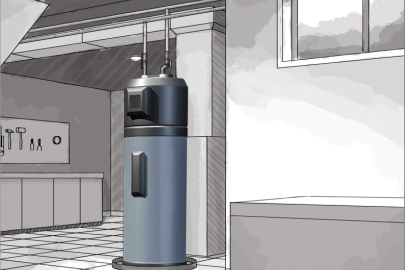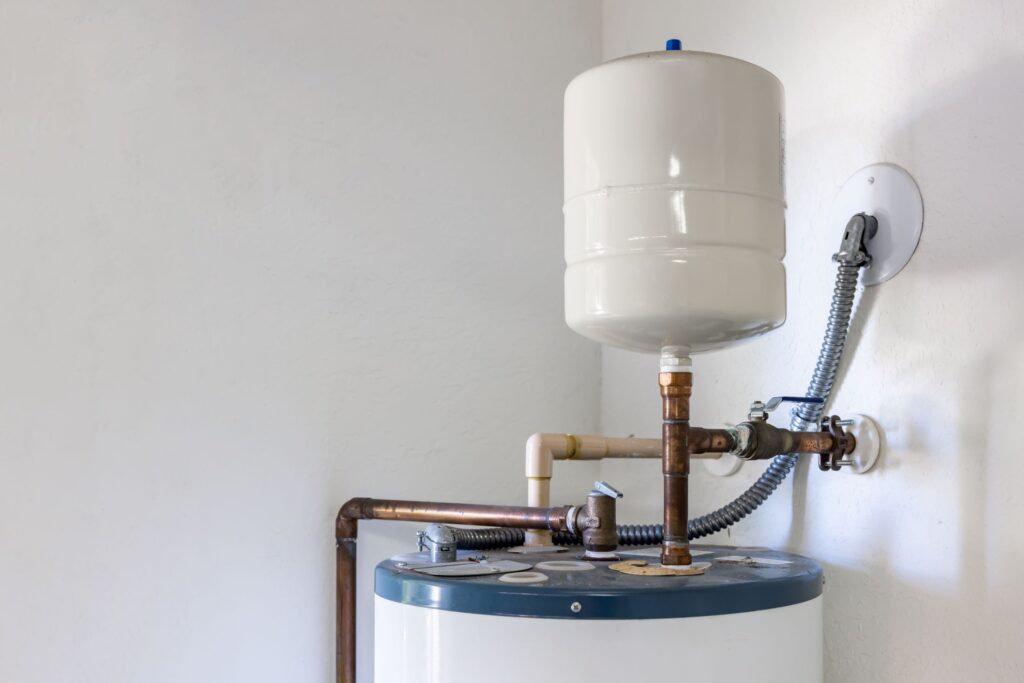Have you been looking for resources around How to Maintain a Hot Water Heater in a Few Simple Steps?

Warm water is important for day-to-day comfort, whether it's for a revitalizing shower or washing recipes. To ensure your warm water system runs efficiently and lasts longer, routine maintenance is crucial. This write-up offers sensible suggestions and understandings on how to preserve your home's hot water system to prevent disturbances and costly repair services.
Introduction
Preserving your home's warm water system might seem overwhelming, but with a couple of basic actions, you can guarantee it runs efficiently for years to come. This guide covers whatever from comprehending your warm water system to do it yourself maintenance tips and knowing when to contact expert aid.
Relevance of Keeping Your Warm Water System
Regular maintenance not only extends the lifespan of your hot water system but likewise ensures it operates effectively. Neglecting maintenance can result in reduced performance, higher power bills, and even premature failure of the system.
Indications Your Hot Water System Needs Maintenance
Understanding when your warm water system requires attention can prevent major problems. Watch out for indications such as irregular water temperature level, strange noises from the heater, or rusty water.
Flushing the Water Heater
Purging your hot water heater eliminates debris build-up, boosting performance and prolonging its life.
Checking and Replacing Anode Rods
Anode rods prevent corrosion inside the tank. Examining and replacing them when worn out is important.
Complicated Problems Needing Expert Assistance
Examples include major leaks, electrical problems, or if your water heater is consistently underperforming.
Regular Specialist Upkeep Advantages
Professional maintenance can include thorough examinations, tune-ups, and making sure compliance with safety standards.
Inspecting and Readjusting Temperature Level Setups
Changing the temperature settings ensures optimum efficiency and security.
DIY Tips for Upkeep
You can carry out numerous upkeep tasks on your own to keep your warm water system in top condition.
Looking for Leaks
Consistently examine pipelines and connections for leakages, as these can cause water damage and greater costs.
Comprehending Your Warm Water System
Before diving right into maintenance jobs, it's helpful to recognize the basic parts of your hot water system. Commonly, this includes the hot water heater itself, pipes, anode poles, and temperature controls.
Month-to-month Maintenance Tasks
Normal monthly checks can aid catch small issues prior to they escalate.
Checking Stress Relief Valves
Examining the pressure relief valve guarantees it works appropriately and stops excessive stress accumulation.
Shielding Pipelines
Insulating warm water pipes reduces warm loss and can save energy.
When to Call a Professional
While do it yourself maintenance is helpful, some issues need specialist knowledge.
Final thought
Normal maintenance of your home's hot water system is necessary for efficiency, durability, and price financial savings. By following these ideas and knowing when to seek expert help, you can make sure a reliable supply of warm water without unanticipated disruptions.
How to Maintain an Instant Hot Water Heater
Before tinkering with your hot water heater, make sure that it’s not powered on. You also have to turn off the main circuit breaker and shut off the main gas line to prevent accidents. Also turn off the water valves connected to your unit to prevent water from flowing into and out of the appliance. 2. When you’re done, you have to detach the purge valves’ caps. These look like the letter “T” and are situated on either side of the water valves. Doing so will release any pressure that has accumulated inside the valves while at the same time avoid hot water from shooting out and burning your skin. 3. When the purge valves’ caps are removed, you have to connect your hosing lines to the valves. Your unit should have come with three hoses but if it didn’t, you can purchase these things from any hardware or home repair shops. You can also get them from retail stores that sell water heating systems. Read the user’s manual and follow it to complete this task properly. When the hosing lines are connected, open the purge port’s valves. 4. You should never use harsh chemical cleaners or solutions when cleaning your unit. Make use of white vinegar instead. It should be undiluted and you’ll probably use about 2 gallons. 5. Now flush your water heater. This task should probably take about 40 minutes. We can’t give you specific directions for this because the procedure is carried out depending on the type, model and brand of your heater. With that being said, refer to the user’s manual. 6. When you’re done draining the unit, you have to turn off the purge port valves again. Remove the hosing lines that you earlier installed on each of the water valves. Put the valve caps (purge port) back in their respective places and be very careful so as not to damage the rubber discs that are found inside these caps. 7. Now that everything’s back in place, check your user’s manual again to find out how to reactivate your water heating system. 8. Once it is working, turn one of your hot water faucets on just to let air pass through the heater’s water supply pipes. Leave the tap on until water flows smoothly out of it. https://www.orrplumbing.com/blog/2014/september/how-to-maintain-an-instant-hot-water-heater/

Hopefully you enjoyed our piece on What Kind of Maintenance Do Water Heaters Need?. Thank you for spending some time to read through our article. Make sure you set aside a second to share this entry if you appreciated it. I am grateful for your time. Revisit us soon.
Call Today